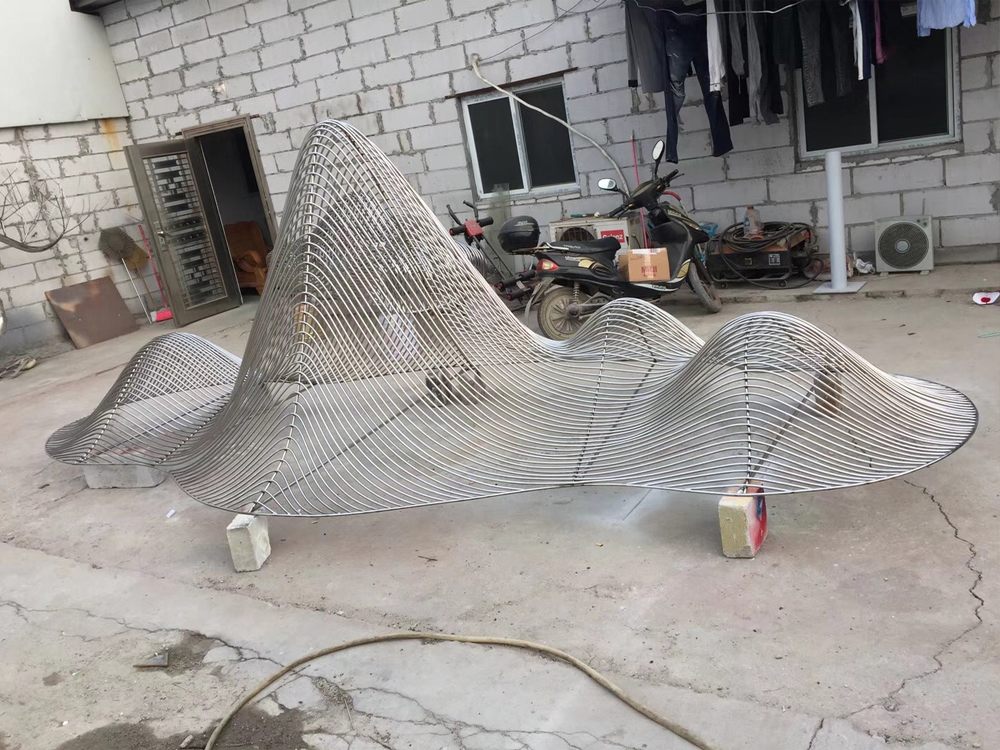
Metal sculptures have long disrupted conventional artistic paradigms by reimagining the role of materiality in art. Unlike traditional mediums such as marble or clay, metal introduces industrial durability and malleability, allowing artists to explore forms that defy gravity and time. This shift challenges the ephemeral nature of classical materials, emphasizing permanence and structural boldness.
Historically, art prized organic materials for their tactile warmth, but metal’s cold, reflective surfaces force viewers to confront modernity’s contradictions—strength versus fragility, precision versus spontaneity. Contemporary sculptors like Richard Serra and Louise Bourgeois exploit these contrasts, crafting works that dominate spaces physically and conceptually.
Moreover, metal’s versatility enables innovations like kinetic sculptures or welded abstractions, pushing boundaries beyond static representation. By embracing metal, artists not only expand technical possibilities but also provoke deeper dialogues about humanity’s relationship with industrialization and nature. In doing so, metal sculptures become more than objects—they are transformative statements on art’s evolving identity.

